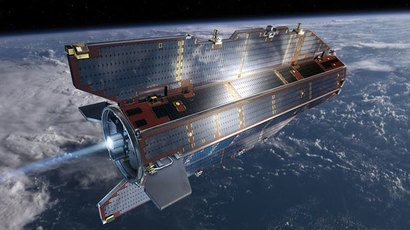Spectacular Leonid meteor shower to peak this weekend

The Leonid meteor shower, one of the most dependable meteor displays of the year, will be at its most impressive overnight Saturday and early Sunday. For the best viewing, stargazers are advised to lie down on the ground, far away from artificial light.
The annual meteor shower occurs each November when the earth
passes through a stream of space debris left in the wake of the
Temple-Tuttle comet.
As the icy comet streaks towards the sun, it is slowly melting.
It reaches the Solar System once every 33 years, leaving a rocky
trail millions of miles wide and hundreds of miles long. As the
earth moves through the comet’s orbital path, the debris burns up
in the atmosphere, causing what looks like shooting starts to
dance across the night sky.
Some of the rocky trail drifts into earth’s orbit every November.
The debris collides with the earth’s atmosphere and the rocks are
vaporized in a flash, giving the illusion of fireballs exploding
out of the constellation Leo.
Although the meteor shower takes place on a smaller scale every
year, it is truly breathtaking every 33 years, with more than
1,000 meteors lighting the sky every hour. This kind of display
will not happen until 2034.
This year, the meteor shower will be partially obscured by the
full moon.
“Unfortunately the full moon in the sky will likely wash out
all but the very brightest Leonids. The shower should be visible
from any populated area on the planet with clear dark skies,
though Northern Hemisphere observers are favored due to the
radiant’s location in the constellation Leo,” officials from
NASA explained in a skywatching guide.
They added that for the best view, stargazers should lie on the
ground and look straight up into the dark sky, away from
artificial lights.
However, NASA is not able to predict the intensity of the
display, as there is no way of knowing how much debris is in each
stream.
In 1833, observers could see up to 100,000 meteors per hour,
while in 1966 viewers watched 10-15 meteors light up the sky per
second. The last meteor shower like this was in 2002.
The best time to view the shower is not during its peak. Rather,
it will be best viewed on Friday night between midnight and dawn,
or even as late as mid-week next week during the same time,
according to Space.com.














